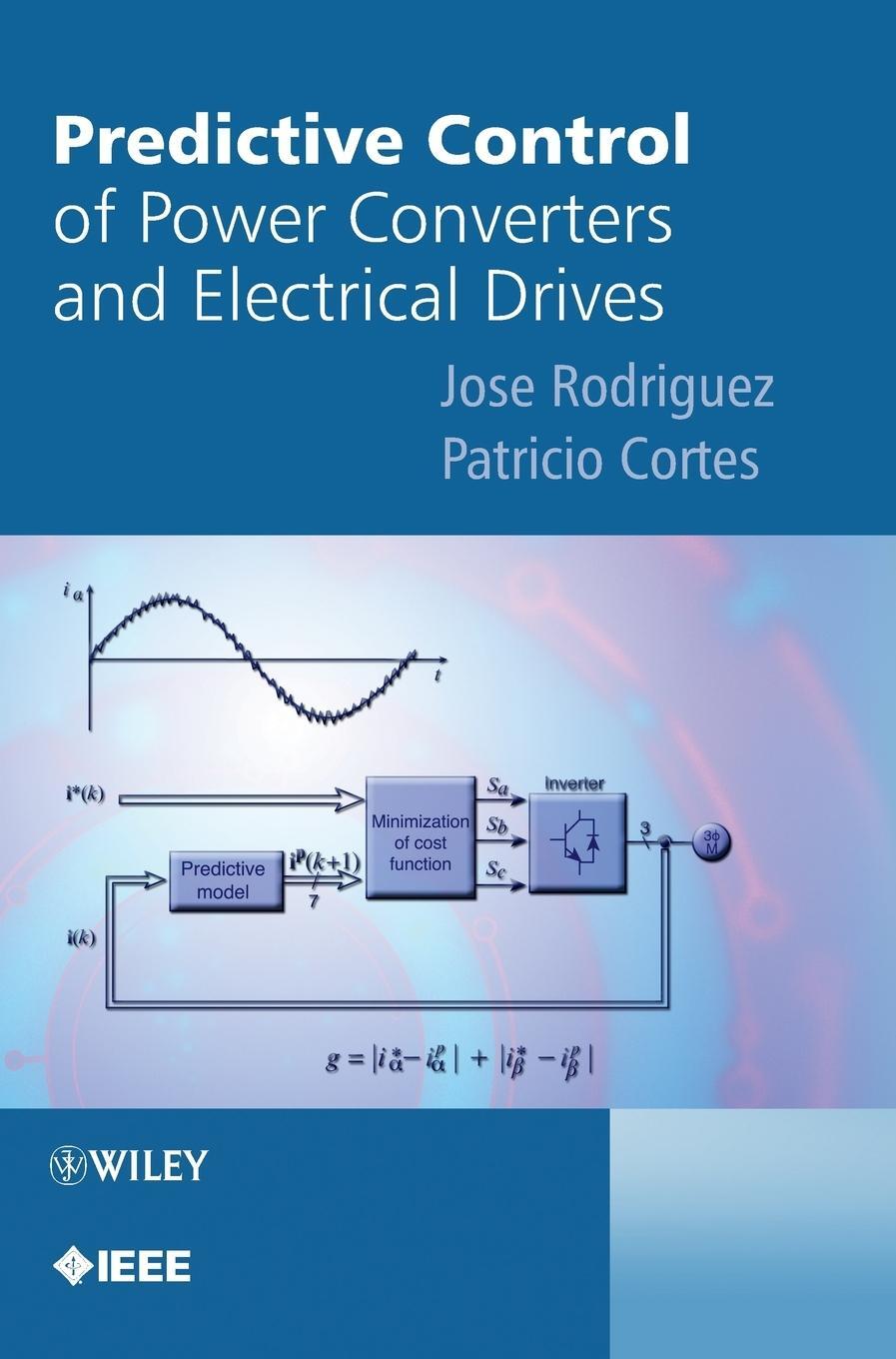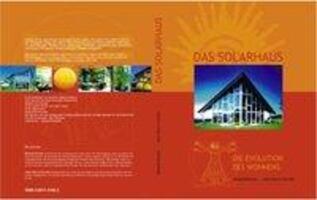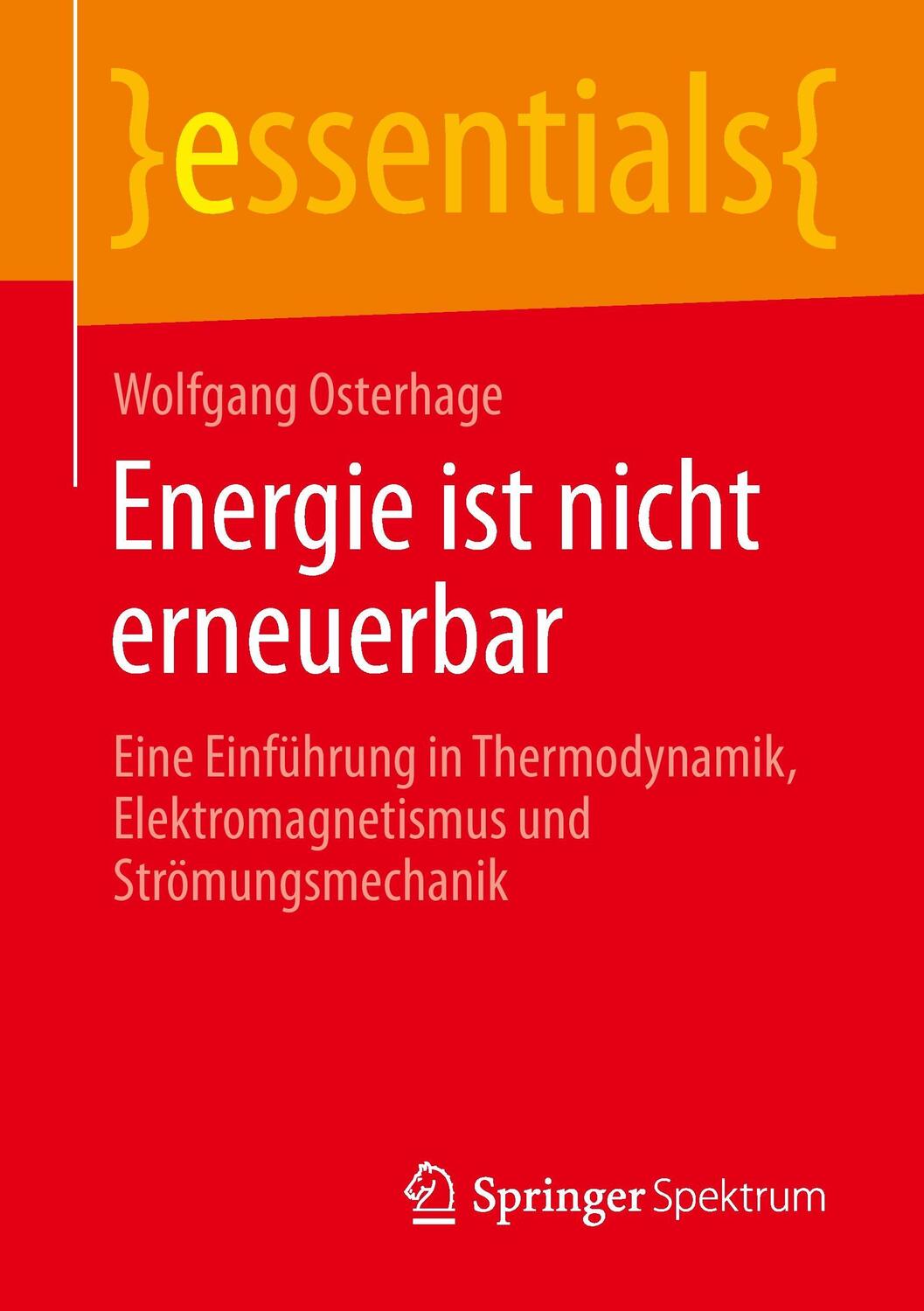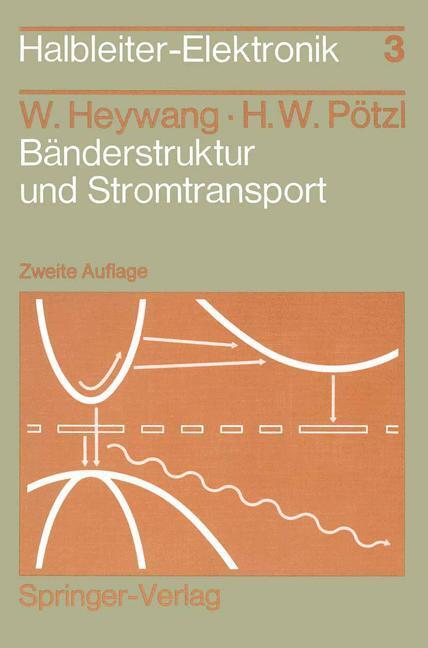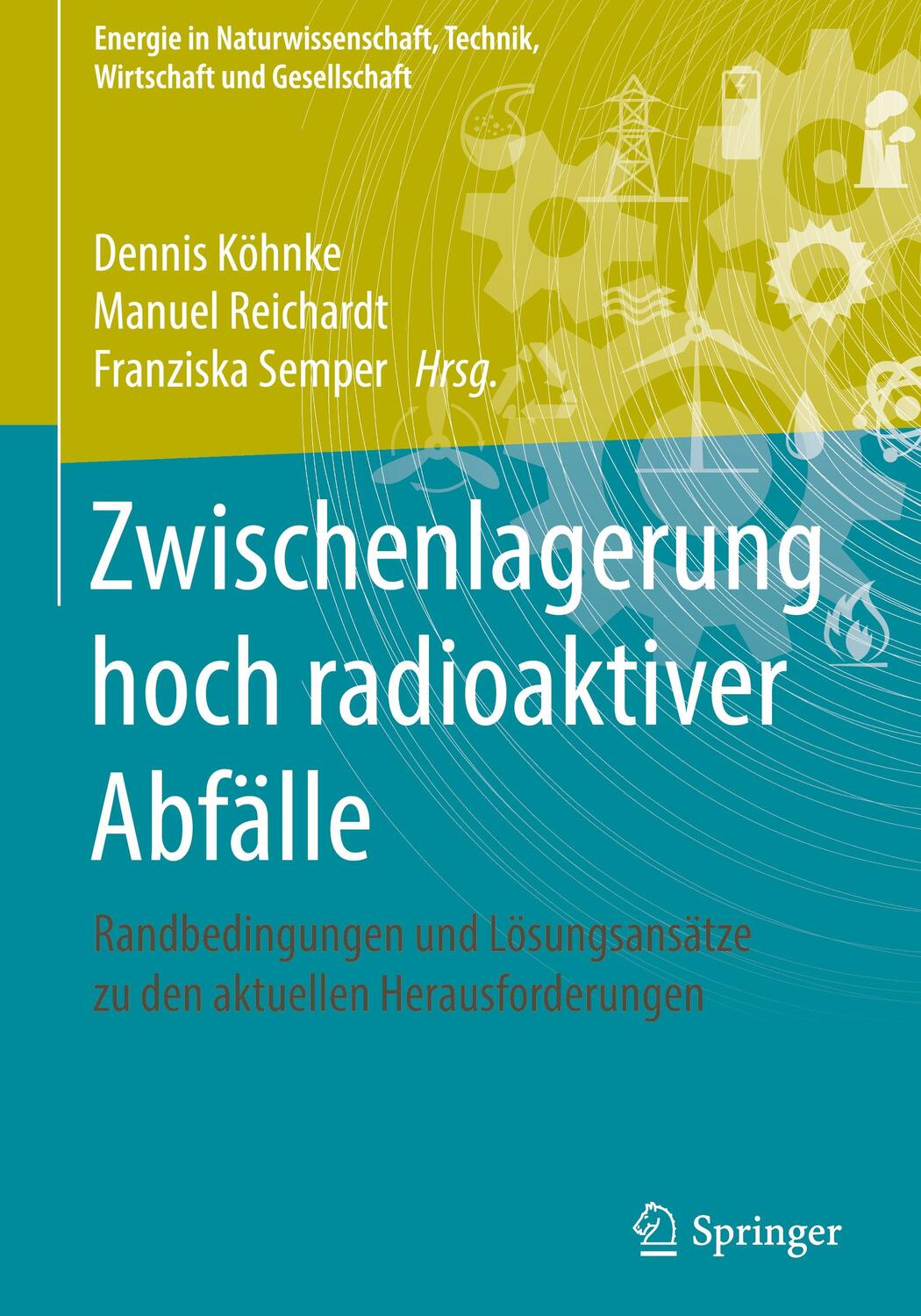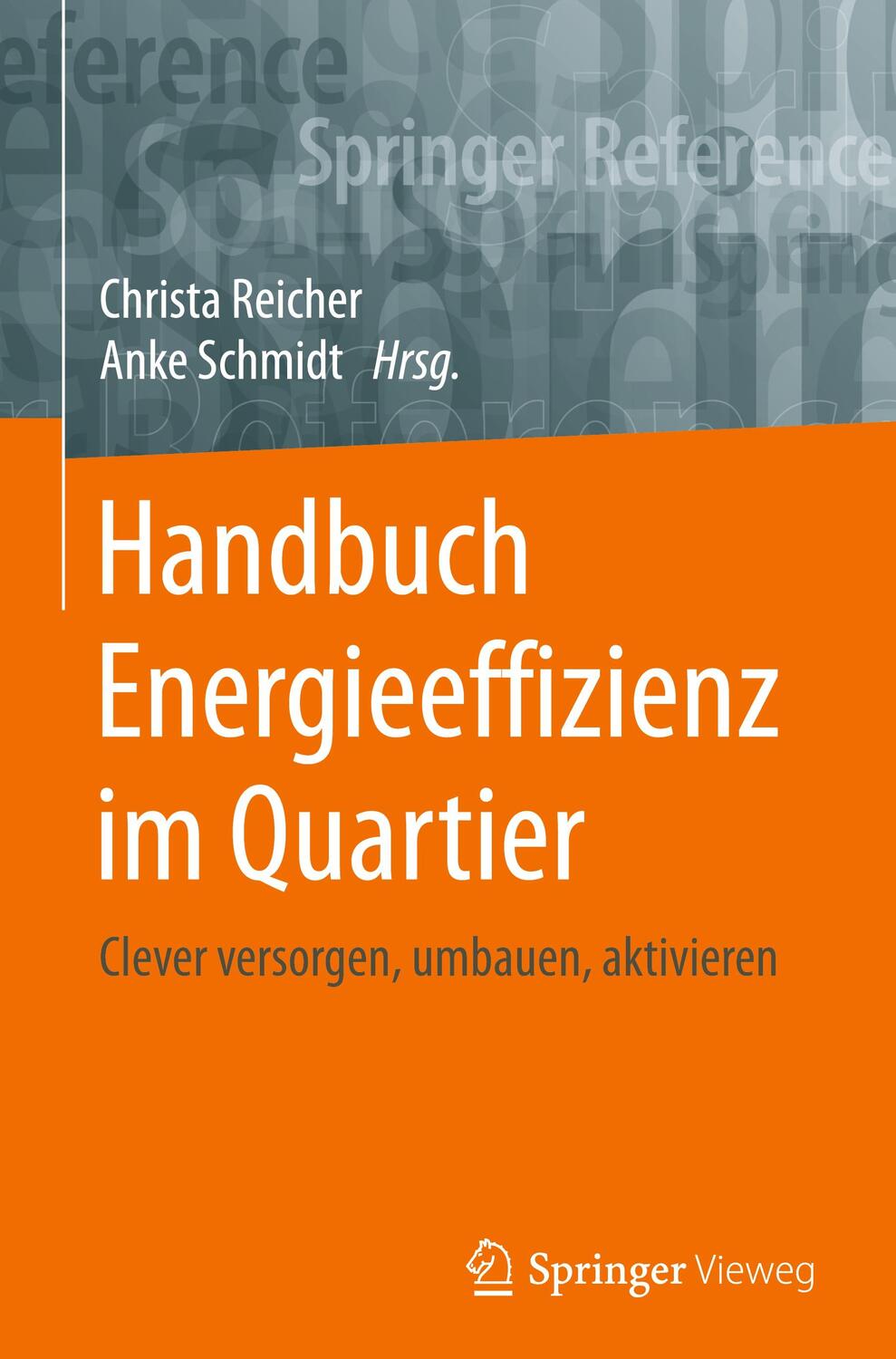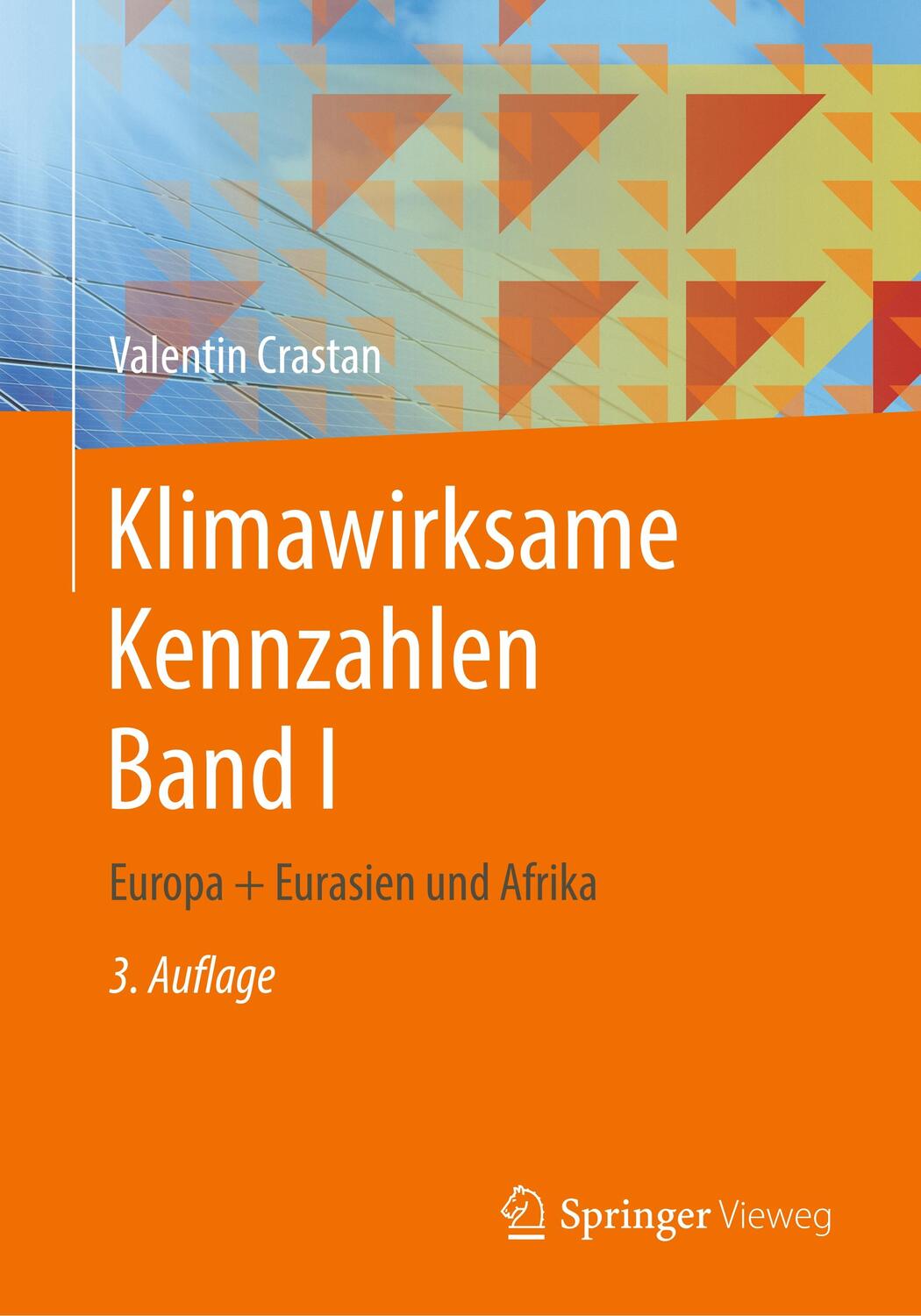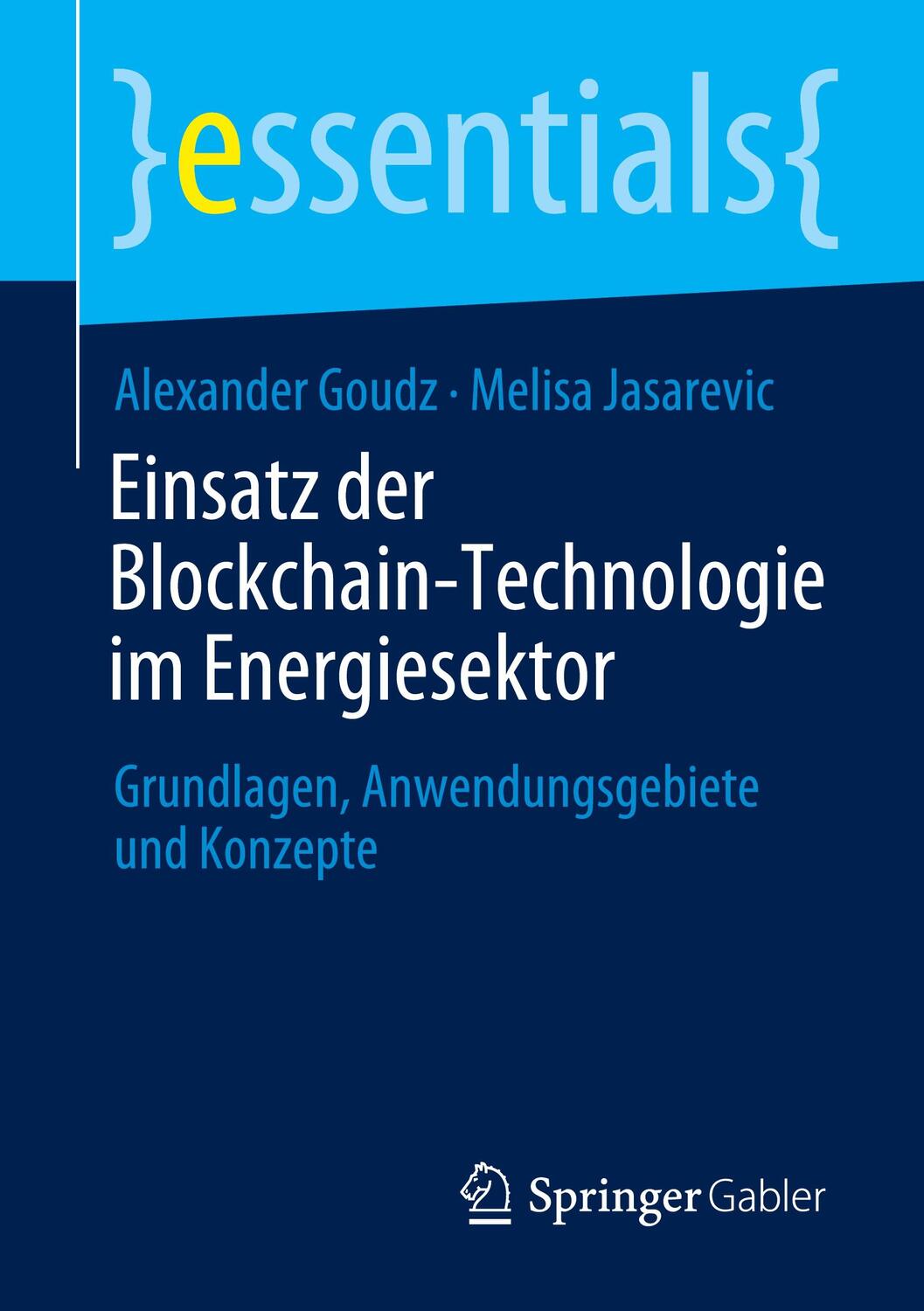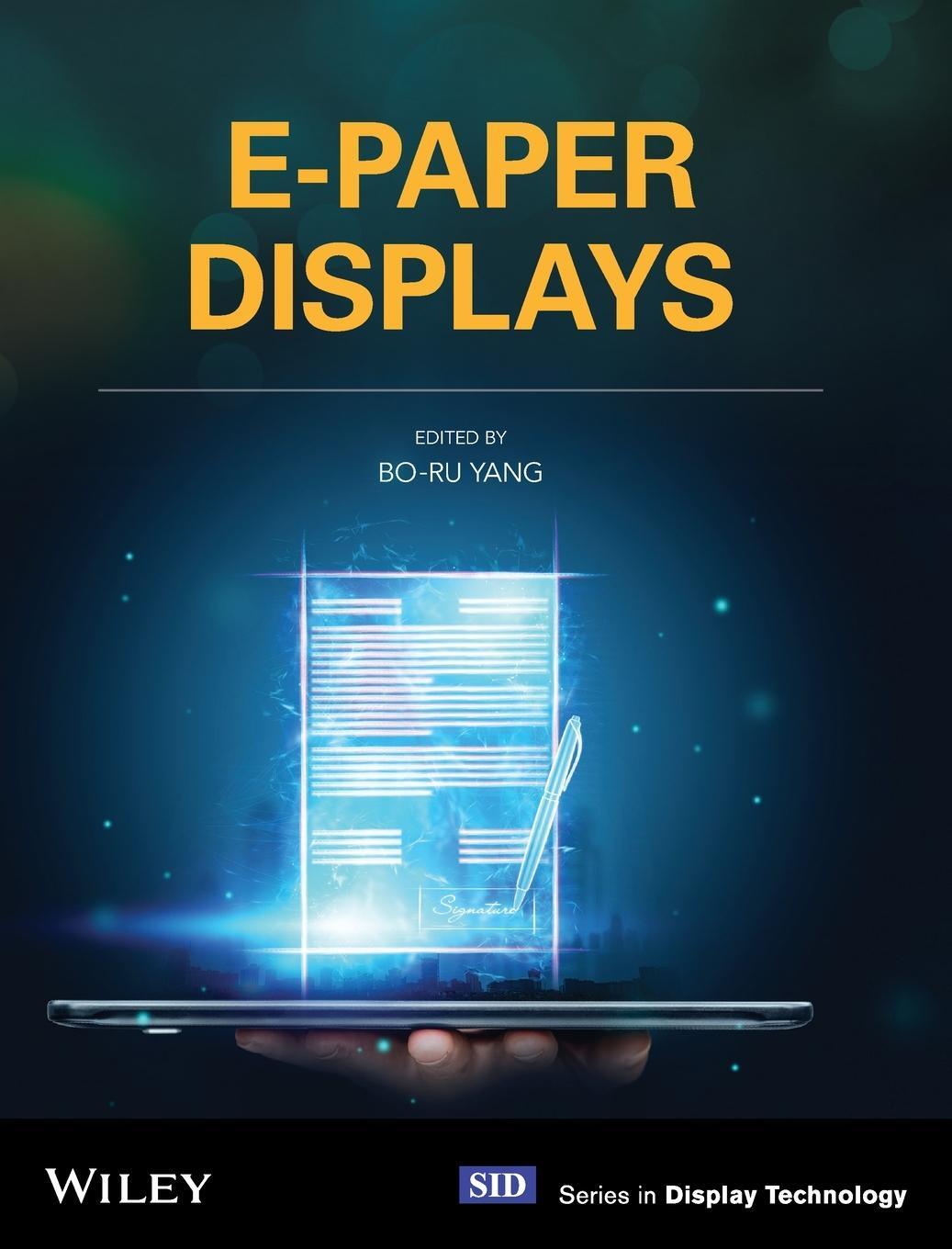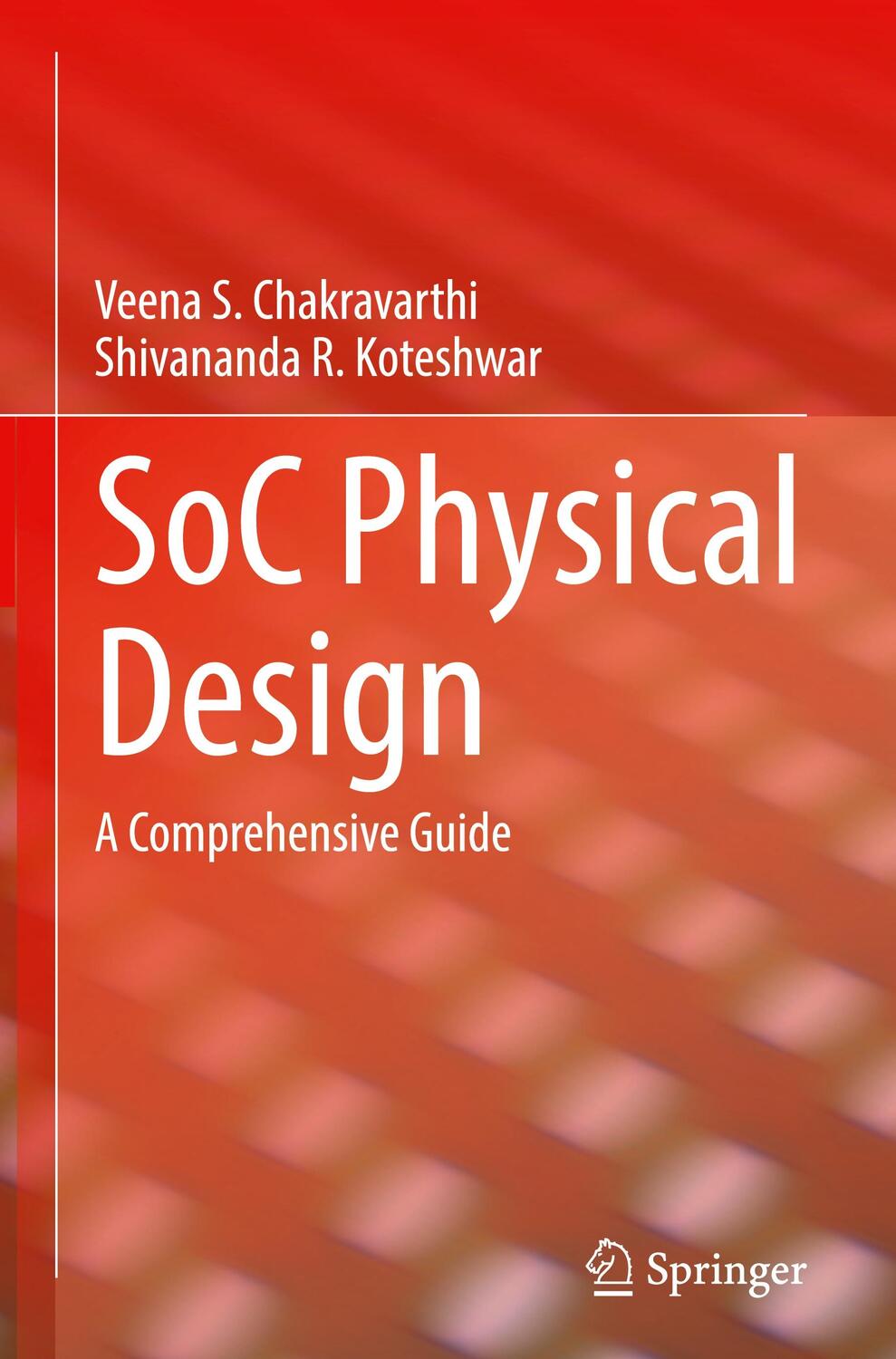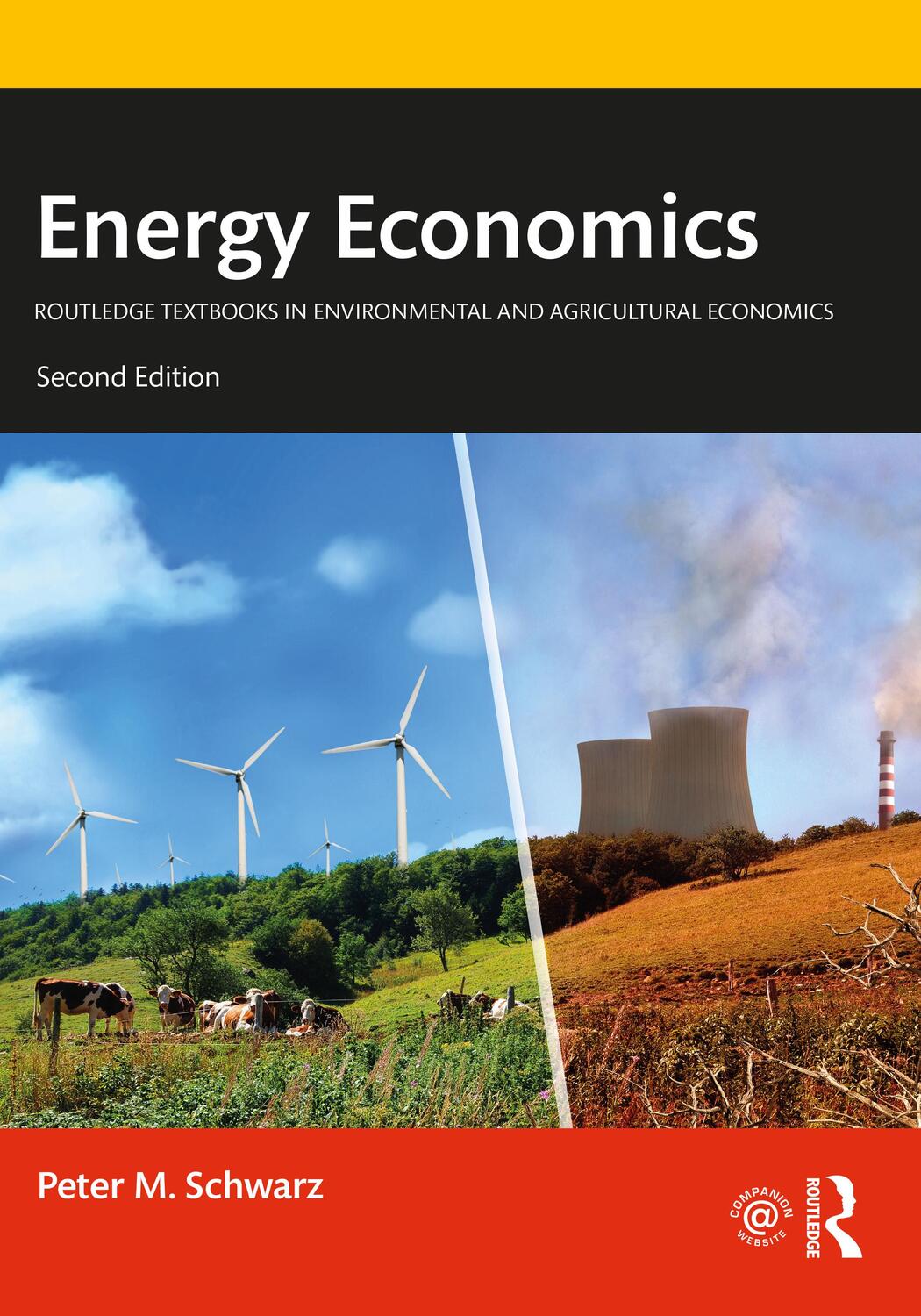156,50 €*
Versandkostenfrei per Post / DHL
Aktuell nicht verfügbar
The book starts with an introduction to the subject before the first chapter on classical control methods for power converters and drives. This covers classical converter control methods and classical electrical drives control methods. The next chapter on Model predictive control first looks at predictive control methods for power converters and drives and presents the basic principles of MPC. It then looks at MPC for power electronics and drives. The third chapter is on predictive control applied to power converters. It discusses: control of a three-phase inverter; control of a neutral point clamped inverter; control of an active front end rectifier, and; control of a matrix converter. In the middle of the book there is Chapter four - Predictive control applied to motor drives. This section analyses predictive torque control of industrial machines and predictive control of permanent magnet synchronous motors. Design and implementation issues of model predictive control is the subject of the final chapter. The following topics are described in detail: cost function selection; weighting factors design; delay compensation; effect of model errors, and prediction of future references. While there are hundreds of books teaching control of electrical energy using pulse width modulation, this will be the very first book published in this new topic.
* Unique in presenting a completely new theoretic solution to control electric power in a simple way
* Discusses the application of predictive control in motor drives, with several examples and case studies
* Matlab is included on a complementary website so the reader can run their own simulations
The book starts with an introduction to the subject before the first chapter on classical control methods for power converters and drives. This covers classical converter control methods and classical electrical drives control methods. The next chapter on Model predictive control first looks at predictive control methods for power converters and drives and presents the basic principles of MPC. It then looks at MPC for power electronics and drives. The third chapter is on predictive control applied to power converters. It discusses: control of a three-phase inverter; control of a neutral point clamped inverter; control of an active front end rectifier, and; control of a matrix converter. In the middle of the book there is Chapter four - Predictive control applied to motor drives. This section analyses predictive torque control of industrial machines and predictive control of permanent magnet synchronous motors. Design and implementation issues of model predictive control is the subject of the final chapter. The following topics are described in detail: cost function selection; weighting factors design; delay compensation; effect of model errors, and prediction of future references. While there are hundreds of books teaching control of electrical energy using pulse width modulation, this will be the very first book published in this new topic.
* Unique in presenting a completely new theoretic solution to control electric power in a simple way
* Discusses the application of predictive control in motor drives, with several examples and case studies
* Matlab is included on a complementary website so the reader can run their own simulations
Patricio Cortés, Universidad Técnica Federico Santa María, Chile Dr Cortes joined the Electronics Engineering Department UTFSM in 2003, where he is currently Research Associate. His main research interests include power electronics, adjustable speed drives and predictive control. He has authored over 30 journal and conference papers, most of them in the area of predictive control in power electronics. Dr Cortes received the Best Paper Award from the IEEE Transactions on Industrial Electronics in 2007.
Preface xiii
Acknowledgments xv
Part One INTRODUCTION
1 Introduction 3
1.1 Applications of Power Converters and Drives 3
1.2 Types of Power Converters 5
1.2.1 Generic Drive System 5
1.2.2 Classification of Power Converters 5
1.3 Control of Power Converters and Drives 7
1.3.1 Power Converter Control in the Past 7
1.3.2 Power Converter Control Today 10
1.3.3 Control Requirements and Challenges 11
1.3.4 Digital Control Platforms 12
1.4 Why Predictive Control Is Particularly Suited for Power Electronics 13
1.5 Contents of This Book 15
References 16
2 Classical Control Methods for Power Converters and Drives 17
2.1 Classical Current Control Methods 17
2.1.1 Hysteresis Current Control 18
2.1.2 Linear Control with Pulse Width Modulation or Space
Vector Modulation 20
2.2 Classical Electrical Drive Control Methods 24
2.2.1 FOC 24
2.2.2 DTC 26
2.3 Summary 30
References 30
3 Model Predictive Control 31
3.1 Predictive Control Methods for Power Converters and Drives 31
3.2 Basic Principles of MPC 32
3.3 MPC for Power Electronics and Drives 34
3.3.1 Controller Design 35
3.3.2 Implementation 37
3.3.3 General Control Scheme 38
3.4 Summary 38
References 38
Part Two MODEL PREDICTIVE CONTROL APPLIED TO POWER
CONVERTERS
4 Predictive Control of a Three-Phase Inverter 43
4.1 Introduction 43
4.2 Predictive Current Control 43
4.3 Cost Function 44
4.4 Converter Model 44
4.5 Load Model 48
4.6 Discrete-Time Model for Prediction 49
4.7 Working Principle 50
4.8 Implementation of the Predictive Control Strategy 50
4.9 Comparison to a Classical Control Scheme 59
4.10 Summary 63
References 63
5 Predictive Control of a Three-Phase Neutral-Point Clamped Inverter 65
5.1 Introduction 65
5.2 System Model 66
5.3 Linear Current Control Method with PWM 70
5.4 Predictive Current Control Method 70
5.5 Implementation 72
5.5.1 Reduction of the Switching Frequency 74
5.5.2 Capacitor Voltage Balance 77
5.6 Summary 78
References 79
6 Control of an Active Front-End Rectifier 81
6.1 Introduction 81
6.2 Rectifier Model 84
6.2.1 Space Vector Model 84
6.2.2 Discrete-Time Model 85
6.3 Predictive Current Control in an AFE 86
6.3.1 Cost Function 86
6.4 Predictive Power Control 89
6.4.1 Cost Function and Control Scheme 89
6.5 Predictive Control of an AC-DC-AC Converter 92
6.5.1 Control of the Inverter Side 92
6.5.2 Control of the Rectifier Side 94
6.5.3 Control Scheme 94
6.6 Summary 96
References 97
7 Control of a Matrix Converter 99
7.1 Introduction 99
7.2 System Model 99
7.2.1 Matrix Converter Model 99
7.2.2 Working Principle of the MC 101
7.2.3 Commutation of the Switches 102
7.3 Classical Control: The Venturini Method 103
7.4 Predictive Current Control of the MC 104
7.4.1 Model of the MC for Predictive Control 104
7.4.2 Output Current Control 107
7.4.3 Output Current Control with Minimization of the
Input Reactive Power 109
7.4.4 Input Reactive Power Control 111
7.5 Summary 112
References 113
Part Three MODEL PREDICTIVE CONTROL APPLIED TO MOTOR
DRIVES
8 Predictive Control of Induction Machines 117
8.1 Introduction 117
8.2 Dynamic Model of an Induction Machine 118
8.3 FOC of an Induction
Machine Fed by a Matrix Converter Using Predictive Current Control 121
8.3.1 Control Scheme 121
8.4 Predictive Torque Control of an Induction Machine Fed by a Voltage
Source Inverter 123
8.4.1 PTC 123
8.5 PTC of an Induction Machine Fed by a Matrix Converter 126
8.5.1 Torque and Flux Control 128
8.5.2 Torque and Flux Control with Minimization of the Input
Reactive Power 129
8.6 Summary 130
References 131
9 Predictive Control of Permanent Magnet Synchronous Motors 133
9.1 Introduction 133
9.2 Machine Equations 133
9.3 FOC Using Predictive Current Control 135
9.3.1 Discrete-Time Model 136
9.3.2 Control Scheme 136
9.4 Predictive Speed Control 139
9.4.1 Discrete-Time Model 139
9.4.2 Control Scheme 140
9.4.3 Rotor Speed Estimation 141
9.5 Summary 142
References 143
Part Four DESIGN AND IMPLEMENTATION ISSUES OF MODEL
PREDICTIVE CONTROL
10 Cost Function Selection 147
10.1 Introduction 147
10.2 Reference Following 147
10.2.1 Some Examples 148
10.3 Actuation Constraints 148
10.3.1 Minimization of the Switching Frequency 150
10.3.2 Minimization of the Switching Losses 152
10.4 Hard Constraints 155
10.5 Spectral Content 157
10.6 Summary 161
References 161
11 Weighting Factor Design 163
11.1 Introduction 163
11.2 Cost Function Classification 164
11.2.1 Cost Functions without Weighting Factors 164
11.2.2 Cost Functions with Secondary Terms 164
11.2.3 Cost Functions with Equally Important Terms 165
11.3 Weighting Factors Adjustment 166
11.3.1 For Cost Functions with Secondary Terms 166
11.3.2 For Cost Functions with Equally Important Terms 167
11.4 Examples 168
11.4.1 Switching Frequency Reduction 168
11.4.2 Common-Mode Voltage Reduction 168
11.4.3 Input Reactive Power Reduction 170
11.4.4 Torque and Flux Control 170
11.4.5 Capacitor Voltage Balancing 174
11.5 Summary 175
References 176
12 Delay Compensation 177
12.1 Introduction 177
12.2 Effect of Delay due to Calculation Time 177
12.3 Delay Compensation Method 180
12.4 Prediction of Future References 183
12.4.1 Calculation of Future References Using Extrapolation 184
12.4.2 Calculation of Future References Using Vector Angle
Compensation 186
12.5 Summary 188
References 188
13 Effect of Model Parameter Errors 189
13.1 Introduction 189
13.2 Three-Phase Inverter 189
13.3 PI Controllers with PWM 190
13.3.1 Control Scheme 190
13.3.2 Effect of Model Parameter Errors 191
13.4 Deadbeat Control with PWM 192
13.4.1 Control Scheme 192
13.4.2 Effect of Model Parameter Errors 193
13.5 MPC 193
13.5.1 Effect of Load Parameter Variation 194
13.6 Comparative Results 195
13.7 Summary 199
References 199
Appendix A Predictive Control Simulation - Three-Phase Inverter 201
A.1 Predictive Current Control of a Three-Phase Inverter 201
A.1.1 Definition of Simulation Parameters 205
A.1.2 MATLAB Code for Predictive Current Control 206
Appendix B Predictive Control Simulation - Torque Control of an Induction
Machine Fed by a Two-Level Voltage Source Inverter 209
B.1 Definition of PTC Simulation Parameters 211
B.2 MATLAB Code for the PTC Simulation 213
Appendix C Predictive Control Simulation - Matrix Converter 217
C.1 Predictive Current Control of a Direct Matrix Converter 217
C.1.1 Definition of Simulation Parameters 219
C.1.2 MATLAB Code for Predictive Current Control with Instantaneous
Reactive Power Minimization 220
Index 225
| Erscheinungsjahr: | 2012 |
|---|---|
| Fachbereich: | Nachrichtentechnik |
| Genre: | Technik |
| Rubrik: | Naturwissenschaften & Technik |
| Medium: | Buch |
| Seiten: | 248 |
| Inhalt: | 246 S. |
| ISBN-13: | 9781119963981 |
| ISBN-10: | 1119963982 |
| Sprache: | Englisch |
| Einband: | Gebunden |
| Autor: |
Rodriguez, Jose
Cortes, Patricio |
| Hersteller: |
Wiley
John Wiley & Sons |
| Maße: | 250 x 175 x 18 mm |
| Von/Mit: | Jose Rodriguez (u. a.) |
| Erscheinungsdatum: | 01.09.2012 |
| Gewicht: | 0,616 kg |
Patricio Cortés, Universidad Técnica Federico Santa María, Chile Dr Cortes joined the Electronics Engineering Department UTFSM in 2003, where he is currently Research Associate. His main research interests include power electronics, adjustable speed drives and predictive control. He has authored over 30 journal and conference papers, most of them in the area of predictive control in power electronics. Dr Cortes received the Best Paper Award from the IEEE Transactions on Industrial Electronics in 2007.
Preface xiii
Acknowledgments xv
Part One INTRODUCTION
1 Introduction 3
1.1 Applications of Power Converters and Drives 3
1.2 Types of Power Converters 5
1.2.1 Generic Drive System 5
1.2.2 Classification of Power Converters 5
1.3 Control of Power Converters and Drives 7
1.3.1 Power Converter Control in the Past 7
1.3.2 Power Converter Control Today 10
1.3.3 Control Requirements and Challenges 11
1.3.4 Digital Control Platforms 12
1.4 Why Predictive Control Is Particularly Suited for Power Electronics 13
1.5 Contents of This Book 15
References 16
2 Classical Control Methods for Power Converters and Drives 17
2.1 Classical Current Control Methods 17
2.1.1 Hysteresis Current Control 18
2.1.2 Linear Control with Pulse Width Modulation or Space
Vector Modulation 20
2.2 Classical Electrical Drive Control Methods 24
2.2.1 FOC 24
2.2.2 DTC 26
2.3 Summary 30
References 30
3 Model Predictive Control 31
3.1 Predictive Control Methods for Power Converters and Drives 31
3.2 Basic Principles of MPC 32
3.3 MPC for Power Electronics and Drives 34
3.3.1 Controller Design 35
3.3.2 Implementation 37
3.3.3 General Control Scheme 38
3.4 Summary 38
References 38
Part Two MODEL PREDICTIVE CONTROL APPLIED TO POWER
CONVERTERS
4 Predictive Control of a Three-Phase Inverter 43
4.1 Introduction 43
4.2 Predictive Current Control 43
4.3 Cost Function 44
4.4 Converter Model 44
4.5 Load Model 48
4.6 Discrete-Time Model for Prediction 49
4.7 Working Principle 50
4.8 Implementation of the Predictive Control Strategy 50
4.9 Comparison to a Classical Control Scheme 59
4.10 Summary 63
References 63
5 Predictive Control of a Three-Phase Neutral-Point Clamped Inverter 65
5.1 Introduction 65
5.2 System Model 66
5.3 Linear Current Control Method with PWM 70
5.4 Predictive Current Control Method 70
5.5 Implementation 72
5.5.1 Reduction of the Switching Frequency 74
5.5.2 Capacitor Voltage Balance 77
5.6 Summary 78
References 79
6 Control of an Active Front-End Rectifier 81
6.1 Introduction 81
6.2 Rectifier Model 84
6.2.1 Space Vector Model 84
6.2.2 Discrete-Time Model 85
6.3 Predictive Current Control in an AFE 86
6.3.1 Cost Function 86
6.4 Predictive Power Control 89
6.4.1 Cost Function and Control Scheme 89
6.5 Predictive Control of an AC-DC-AC Converter 92
6.5.1 Control of the Inverter Side 92
6.5.2 Control of the Rectifier Side 94
6.5.3 Control Scheme 94
6.6 Summary 96
References 97
7 Control of a Matrix Converter 99
7.1 Introduction 99
7.2 System Model 99
7.2.1 Matrix Converter Model 99
7.2.2 Working Principle of the MC 101
7.2.3 Commutation of the Switches 102
7.3 Classical Control: The Venturini Method 103
7.4 Predictive Current Control of the MC 104
7.4.1 Model of the MC for Predictive Control 104
7.4.2 Output Current Control 107
7.4.3 Output Current Control with Minimization of the
Input Reactive Power 109
7.4.4 Input Reactive Power Control 111
7.5 Summary 112
References 113
Part Three MODEL PREDICTIVE CONTROL APPLIED TO MOTOR
DRIVES
8 Predictive Control of Induction Machines 117
8.1 Introduction 117
8.2 Dynamic Model of an Induction Machine 118
8.3 FOC of an Induction
Machine Fed by a Matrix Converter Using Predictive Current Control 121
8.3.1 Control Scheme 121
8.4 Predictive Torque Control of an Induction Machine Fed by a Voltage
Source Inverter 123
8.4.1 PTC 123
8.5 PTC of an Induction Machine Fed by a Matrix Converter 126
8.5.1 Torque and Flux Control 128
8.5.2 Torque and Flux Control with Minimization of the Input
Reactive Power 129
8.6 Summary 130
References 131
9 Predictive Control of Permanent Magnet Synchronous Motors 133
9.1 Introduction 133
9.2 Machine Equations 133
9.3 FOC Using Predictive Current Control 135
9.3.1 Discrete-Time Model 136
9.3.2 Control Scheme 136
9.4 Predictive Speed Control 139
9.4.1 Discrete-Time Model 139
9.4.2 Control Scheme 140
9.4.3 Rotor Speed Estimation 141
9.5 Summary 142
References 143
Part Four DESIGN AND IMPLEMENTATION ISSUES OF MODEL
PREDICTIVE CONTROL
10 Cost Function Selection 147
10.1 Introduction 147
10.2 Reference Following 147
10.2.1 Some Examples 148
10.3 Actuation Constraints 148
10.3.1 Minimization of the Switching Frequency 150
10.3.2 Minimization of the Switching Losses 152
10.4 Hard Constraints 155
10.5 Spectral Content 157
10.6 Summary 161
References 161
11 Weighting Factor Design 163
11.1 Introduction 163
11.2 Cost Function Classification 164
11.2.1 Cost Functions without Weighting Factors 164
11.2.2 Cost Functions with Secondary Terms 164
11.2.3 Cost Functions with Equally Important Terms 165
11.3 Weighting Factors Adjustment 166
11.3.1 For Cost Functions with Secondary Terms 166
11.3.2 For Cost Functions with Equally Important Terms 167
11.4 Examples 168
11.4.1 Switching Frequency Reduction 168
11.4.2 Common-Mode Voltage Reduction 168
11.4.3 Input Reactive Power Reduction 170
11.4.4 Torque and Flux Control 170
11.4.5 Capacitor Voltage Balancing 174
11.5 Summary 175
References 176
12 Delay Compensation 177
12.1 Introduction 177
12.2 Effect of Delay due to Calculation Time 177
12.3 Delay Compensation Method 180
12.4 Prediction of Future References 183
12.4.1 Calculation of Future References Using Extrapolation 184
12.4.2 Calculation of Future References Using Vector Angle
Compensation 186
12.5 Summary 188
References 188
13 Effect of Model Parameter Errors 189
13.1 Introduction 189
13.2 Three-Phase Inverter 189
13.3 PI Controllers with PWM 190
13.3.1 Control Scheme 190
13.3.2 Effect of Model Parameter Errors 191
13.4 Deadbeat Control with PWM 192
13.4.1 Control Scheme 192
13.4.2 Effect of Model Parameter Errors 193
13.5 MPC 193
13.5.1 Effect of Load Parameter Variation 194
13.6 Comparative Results 195
13.7 Summary 199
References 199
Appendix A Predictive Control Simulation - Three-Phase Inverter 201
A.1 Predictive Current Control of a Three-Phase Inverter 201
A.1.1 Definition of Simulation Parameters 205
A.1.2 MATLAB Code for Predictive Current Control 206
Appendix B Predictive Control Simulation - Torque Control of an Induction
Machine Fed by a Two-Level Voltage Source Inverter 209
B.1 Definition of PTC Simulation Parameters 211
B.2 MATLAB Code for the PTC Simulation 213
Appendix C Predictive Control Simulation - Matrix Converter 217
C.1 Predictive Current Control of a Direct Matrix Converter 217
C.1.1 Definition of Simulation Parameters 219
C.1.2 MATLAB Code for Predictive Current Control with Instantaneous
Reactive Power Minimization 220
Index 225
| Erscheinungsjahr: | 2012 |
|---|---|
| Fachbereich: | Nachrichtentechnik |
| Genre: | Technik |
| Rubrik: | Naturwissenschaften & Technik |
| Medium: | Buch |
| Seiten: | 248 |
| Inhalt: | 246 S. |
| ISBN-13: | 9781119963981 |
| ISBN-10: | 1119963982 |
| Sprache: | Englisch |
| Einband: | Gebunden |
| Autor: |
Rodriguez, Jose
Cortes, Patricio |
| Hersteller: |
Wiley
John Wiley & Sons |
| Maße: | 250 x 175 x 18 mm |
| Von/Mit: | Jose Rodriguez (u. a.) |
| Erscheinungsdatum: | 01.09.2012 |
| Gewicht: | 0,616 kg |

